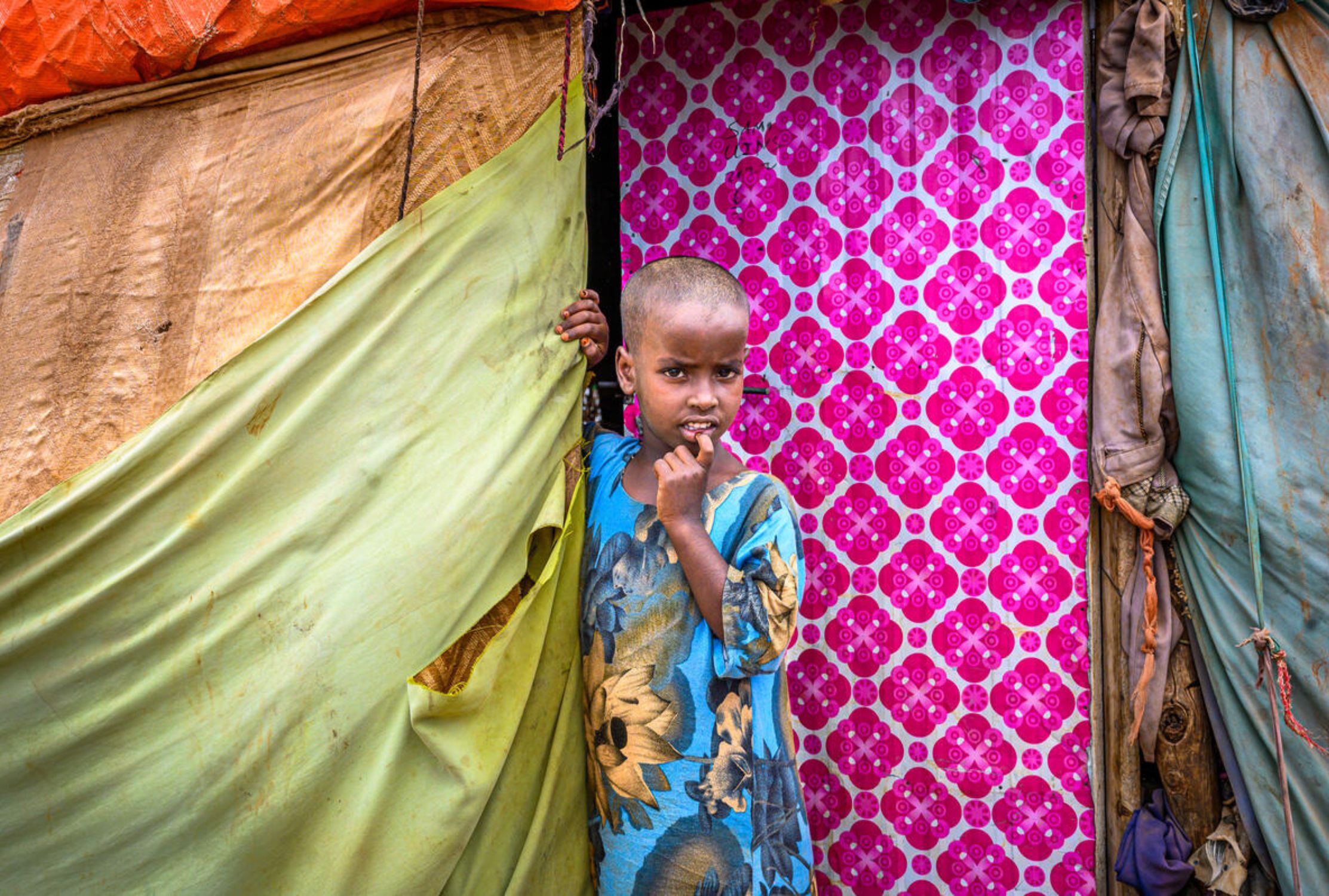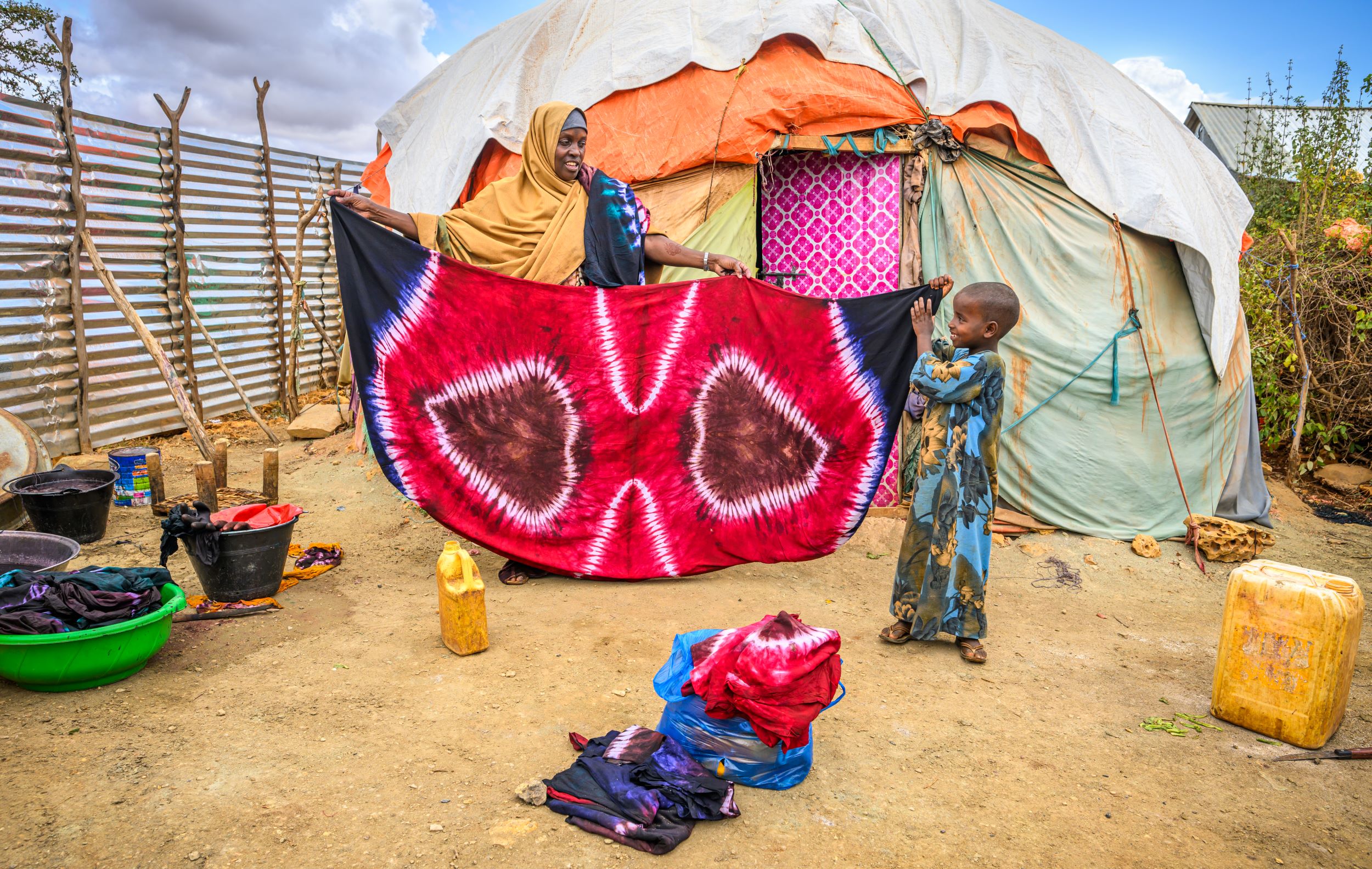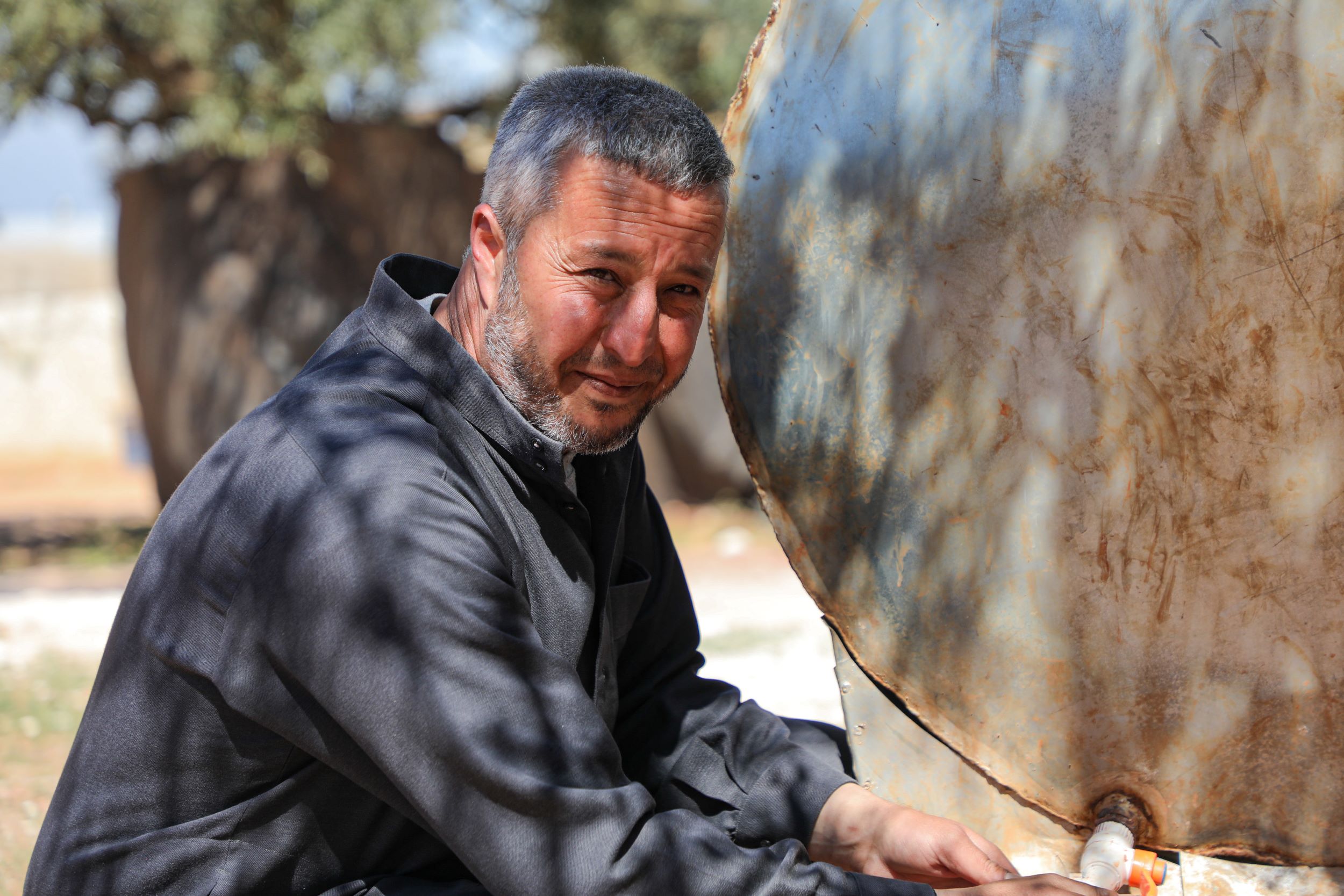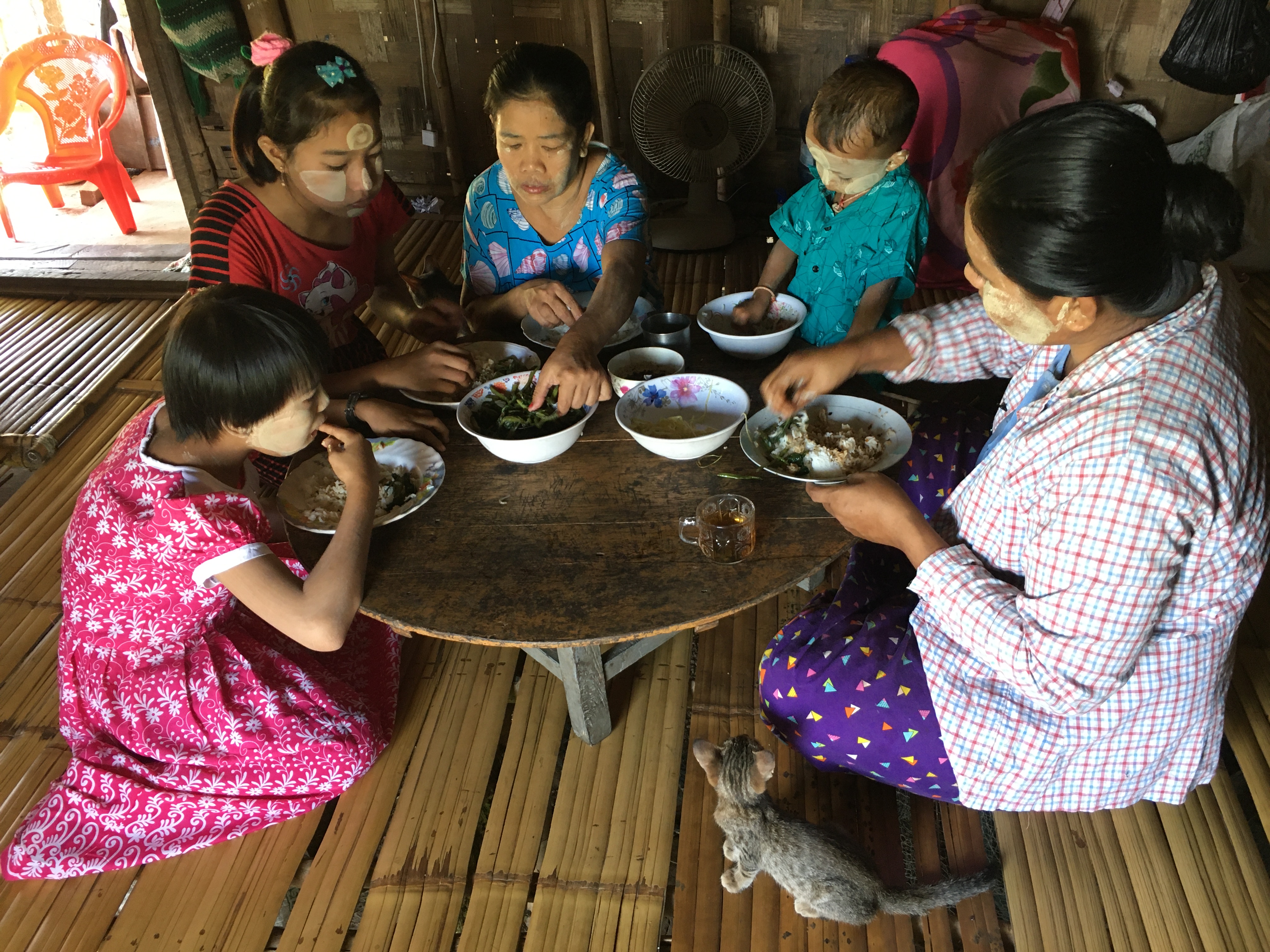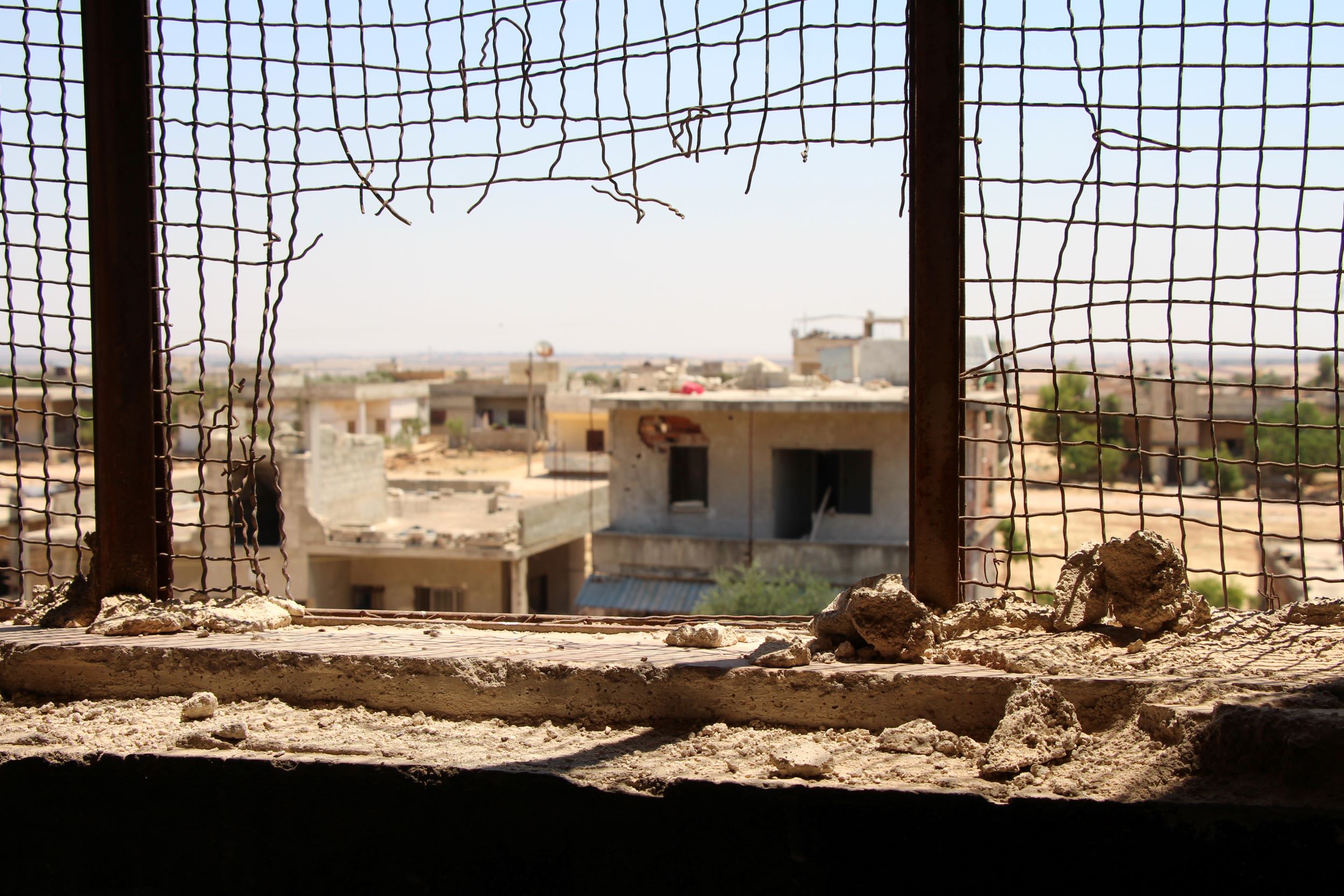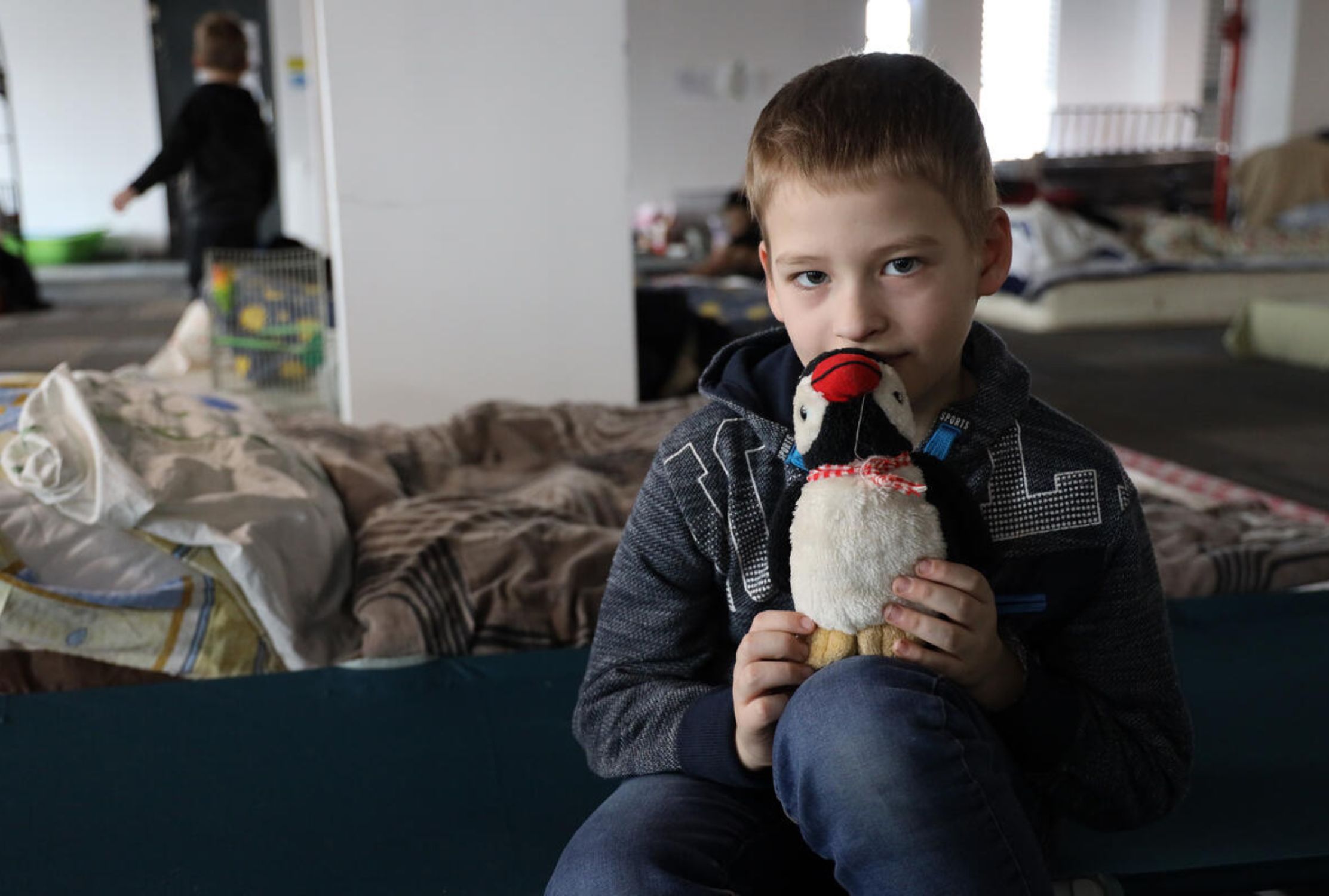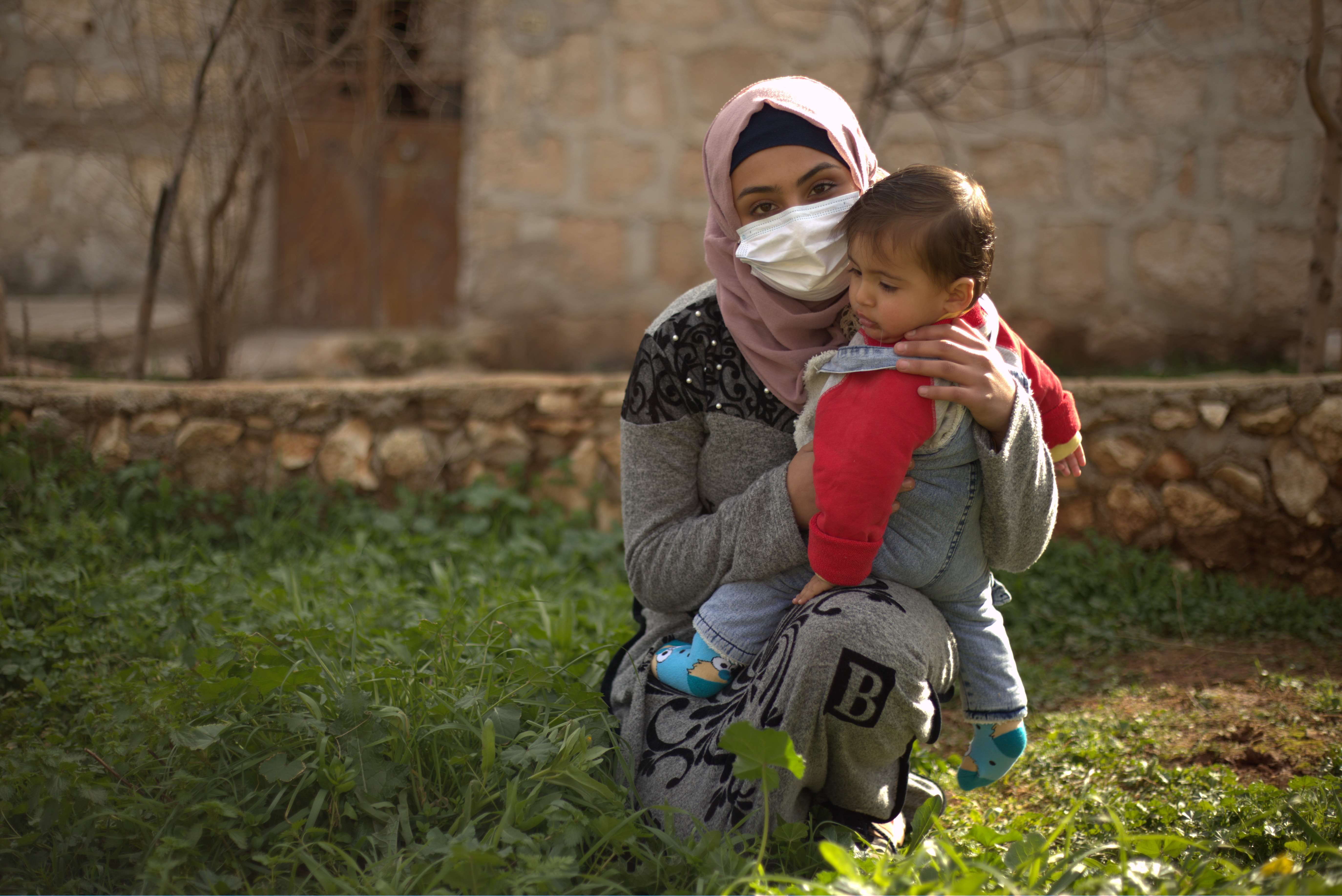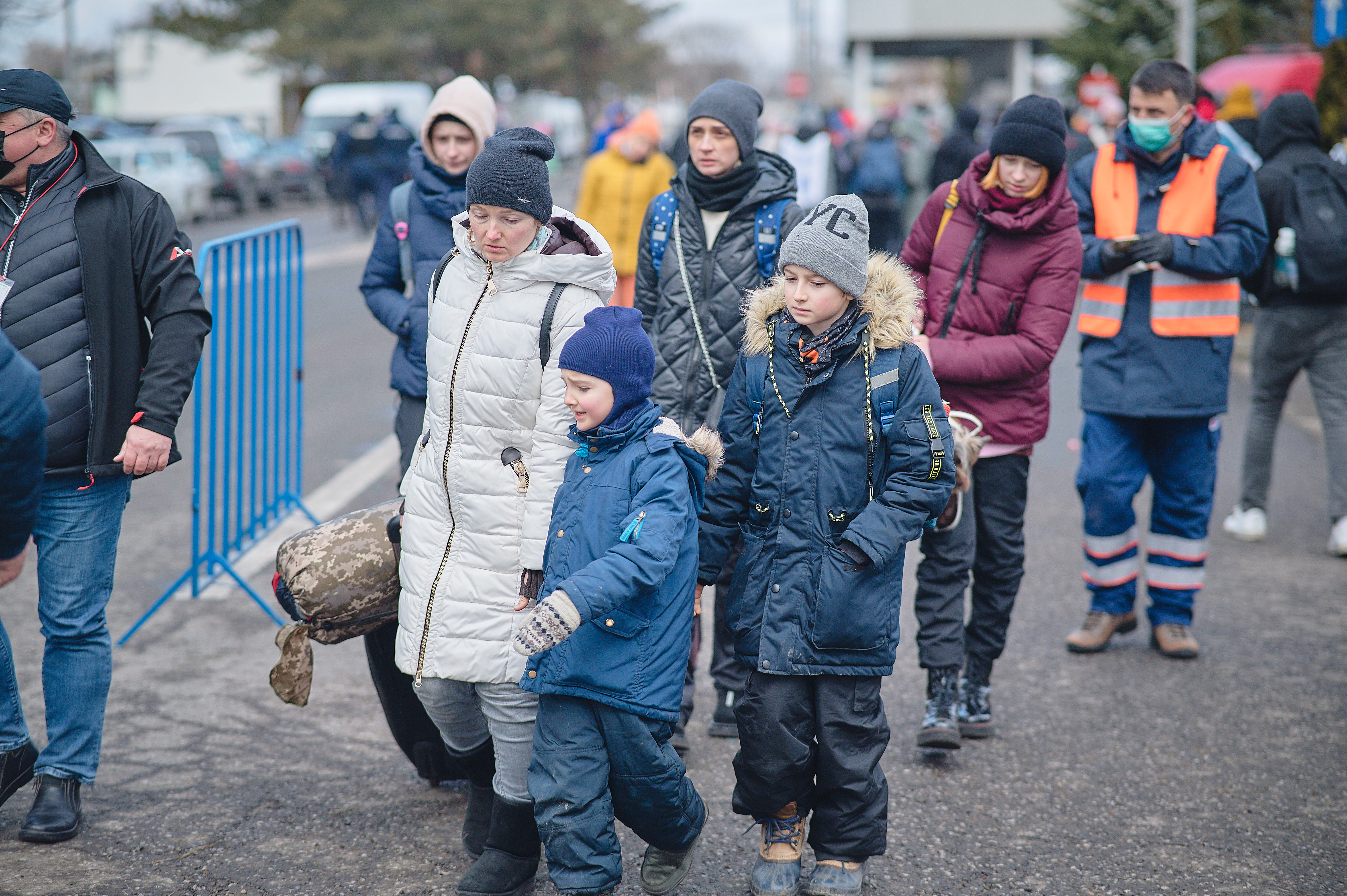Every child deserves to live free from fear
It is estimated that 29.6 million children are internally displaced, forced to flee their home to escape conflict, violence and natural disasters. When disaster strikes, children are often the most at risk of exploitation and abuse.
That’s why World Vision is there, providing life-saving support to ensure children are protected from harm, even in the hardest places. We work with communities and local governments to help children experience fullness of life
Keep reading to discover:
Key facts about Internally Displaced Persons
How World Vision is helping people internally displaced

